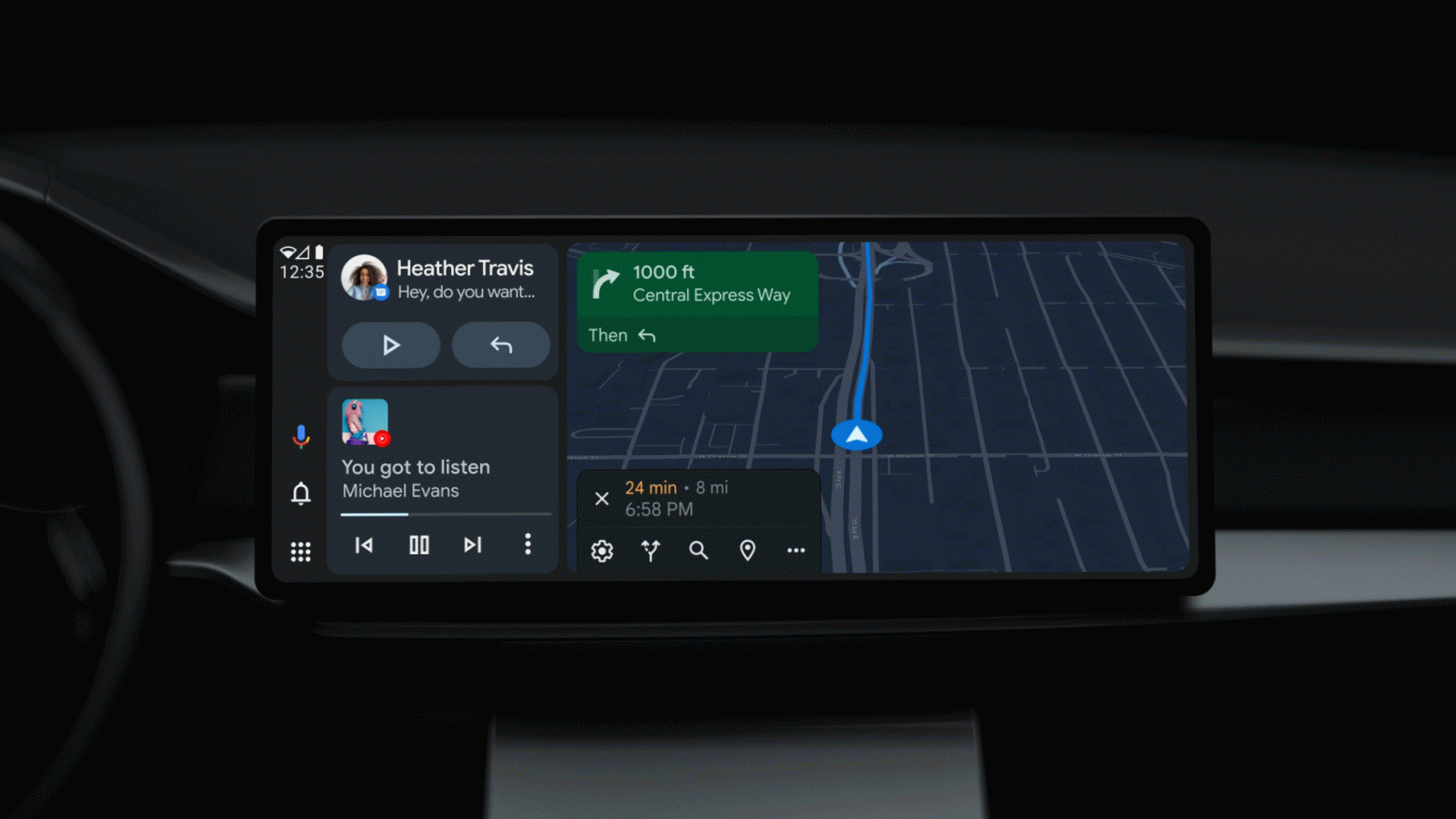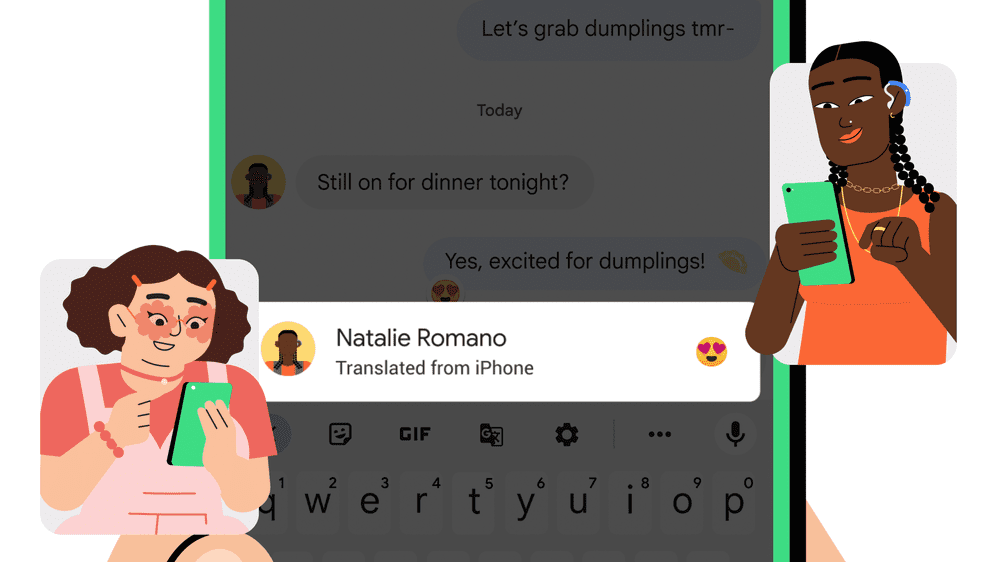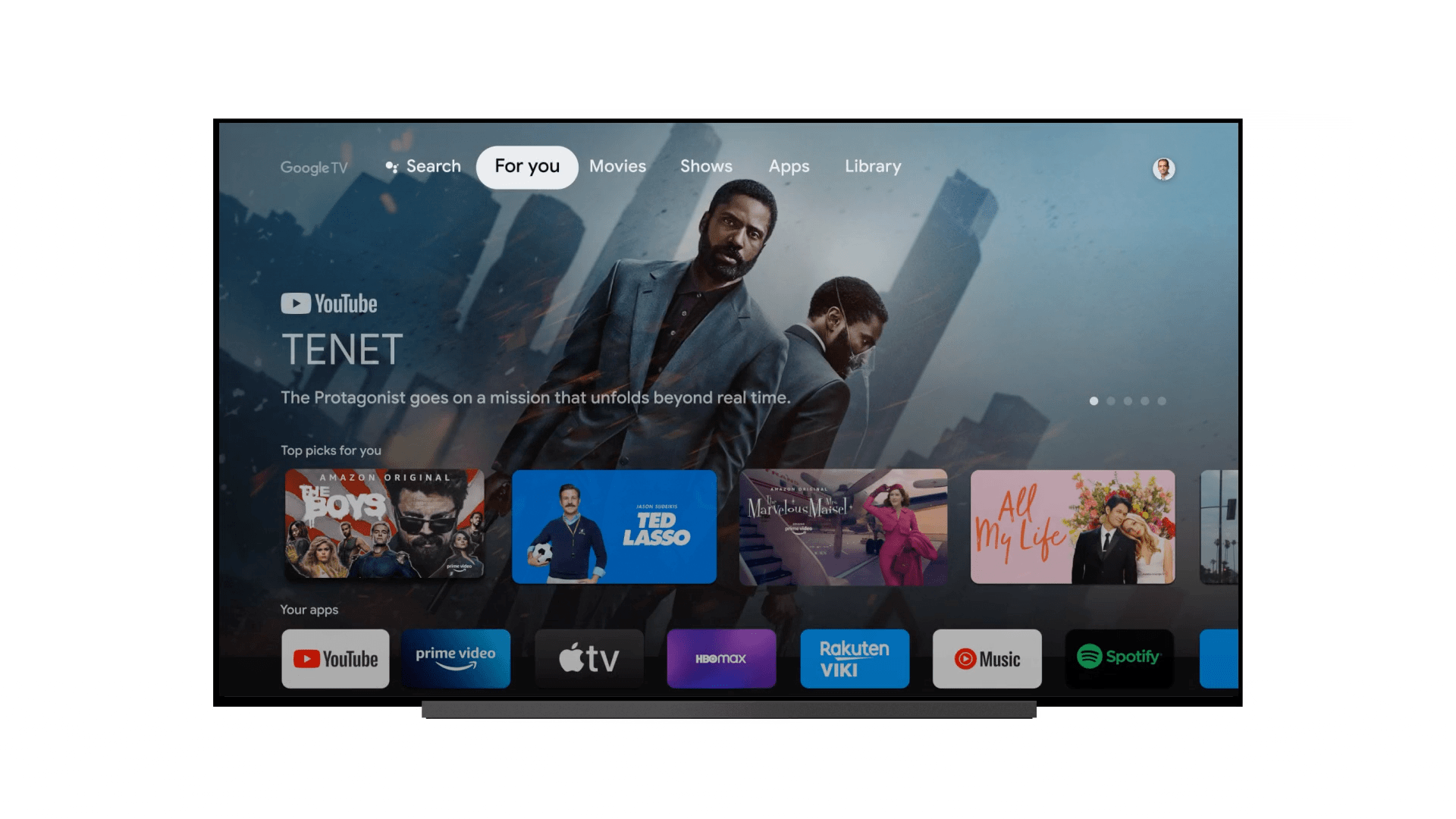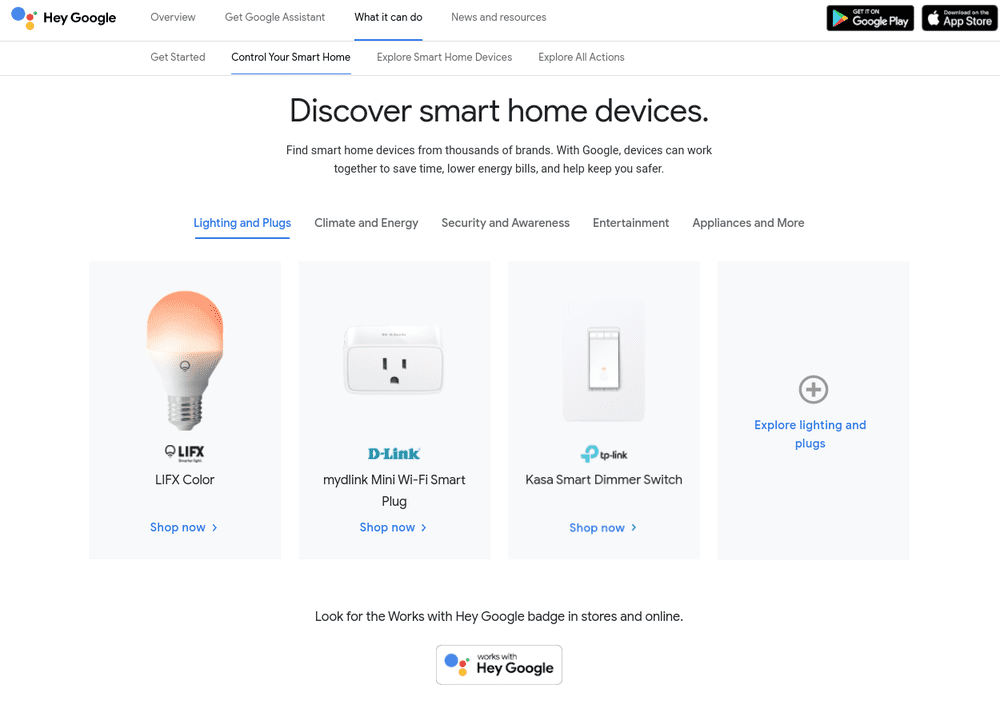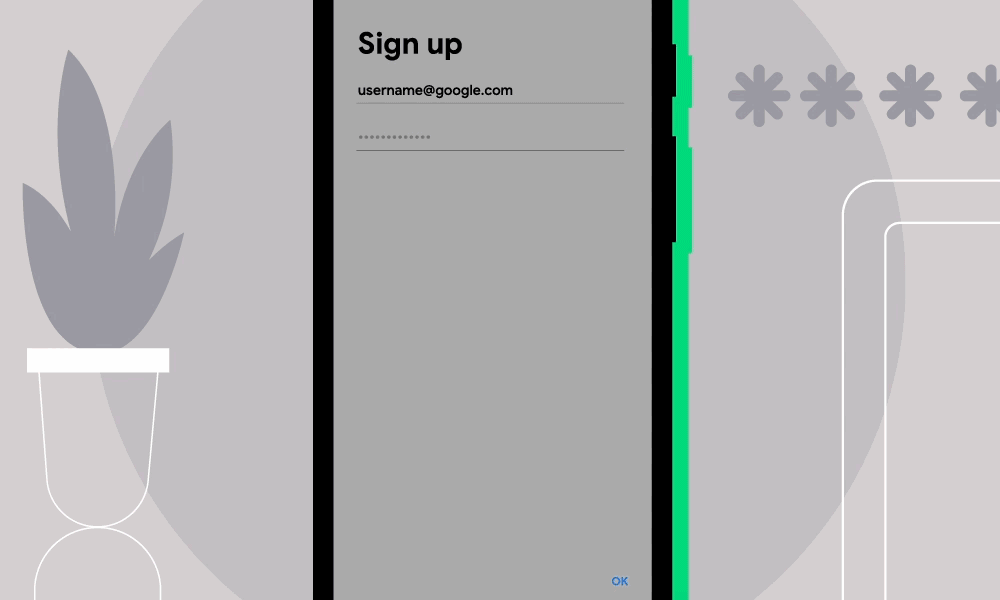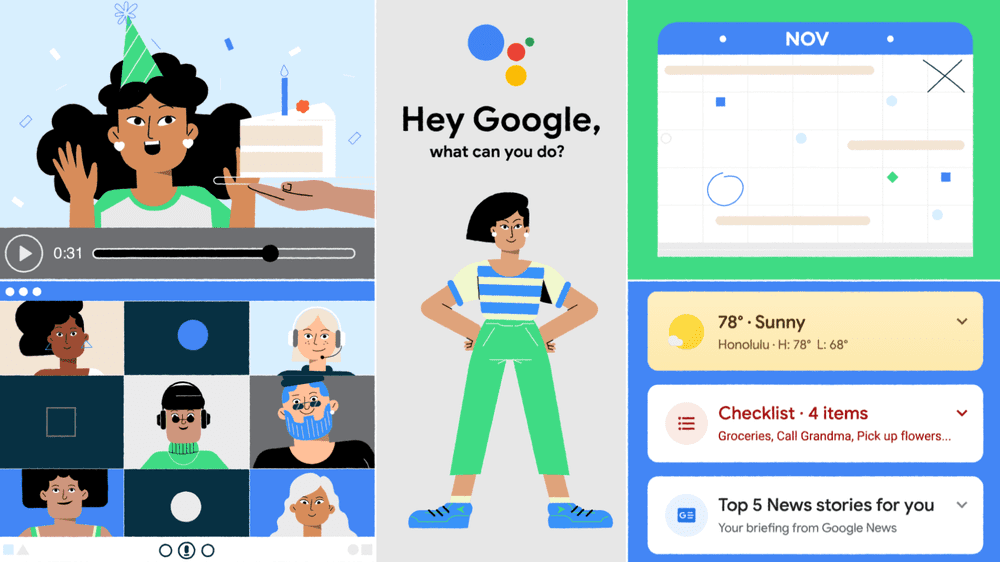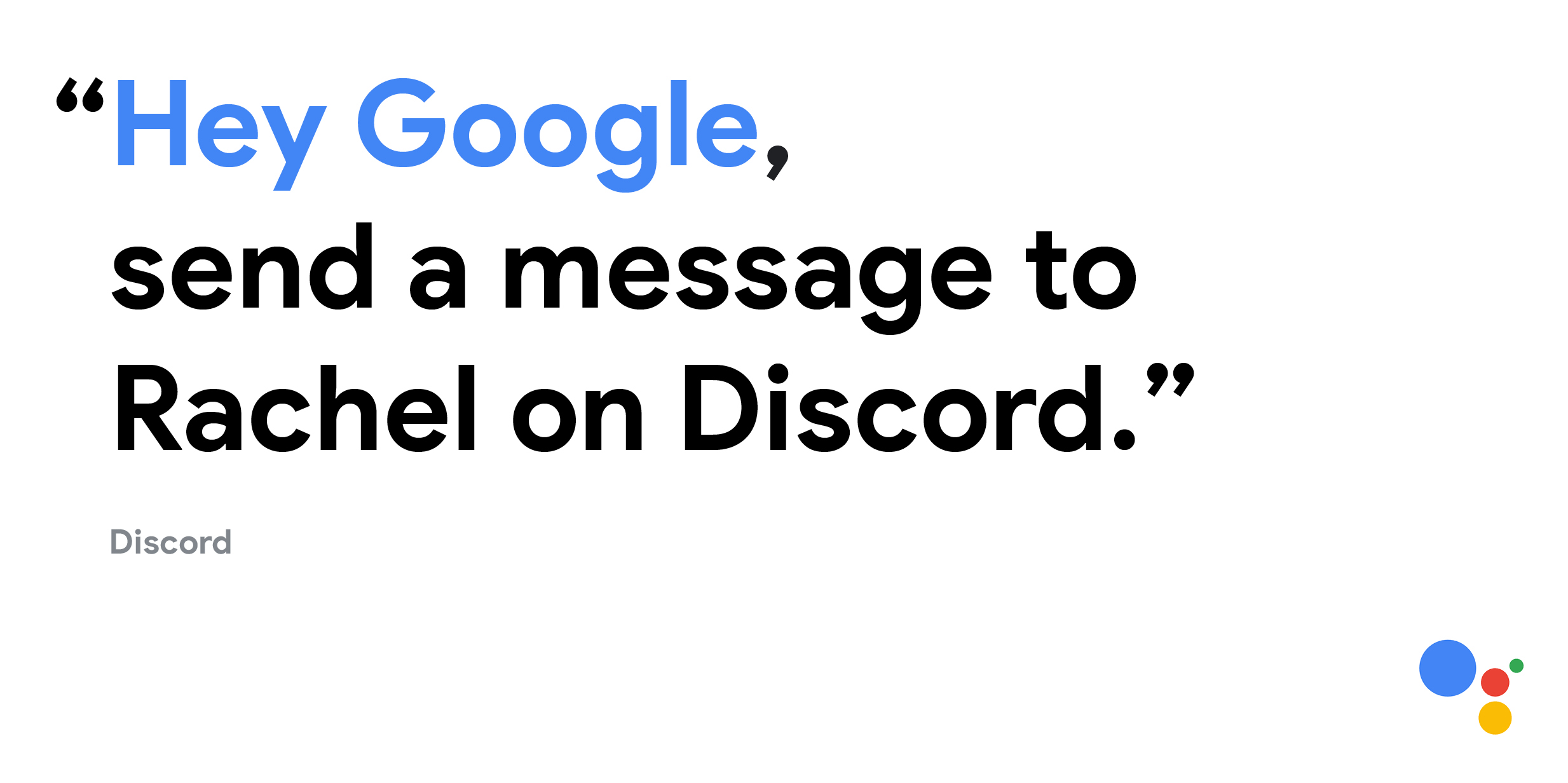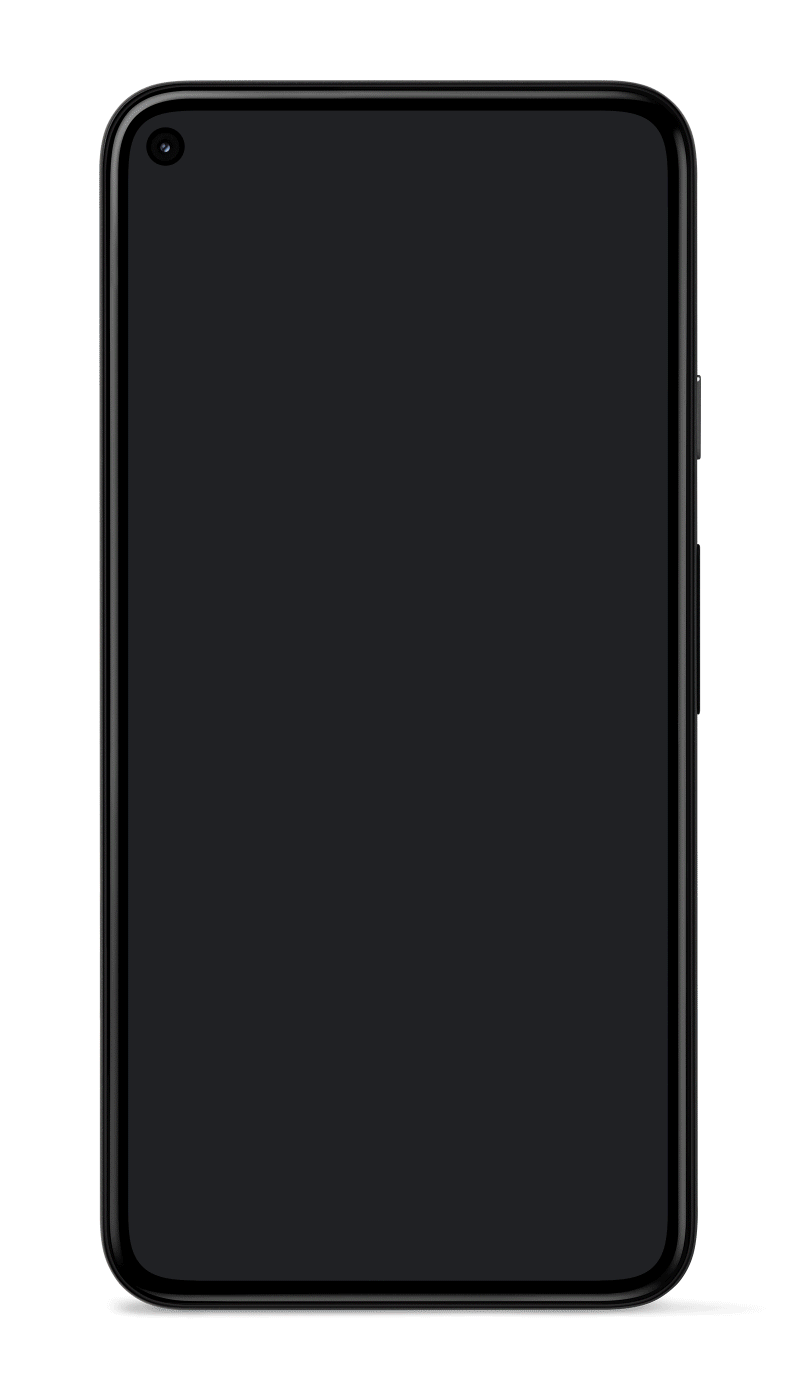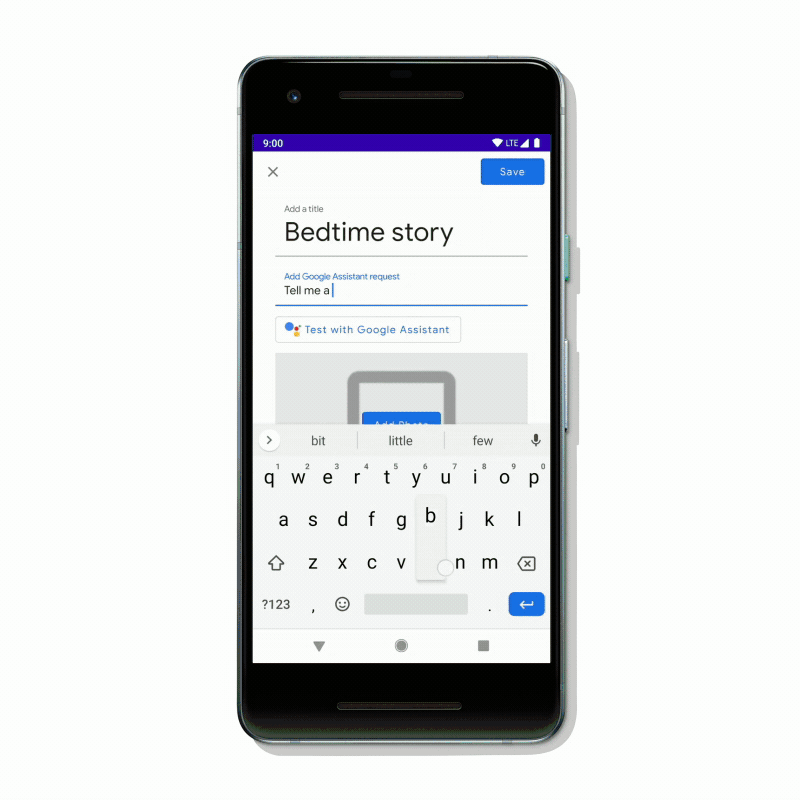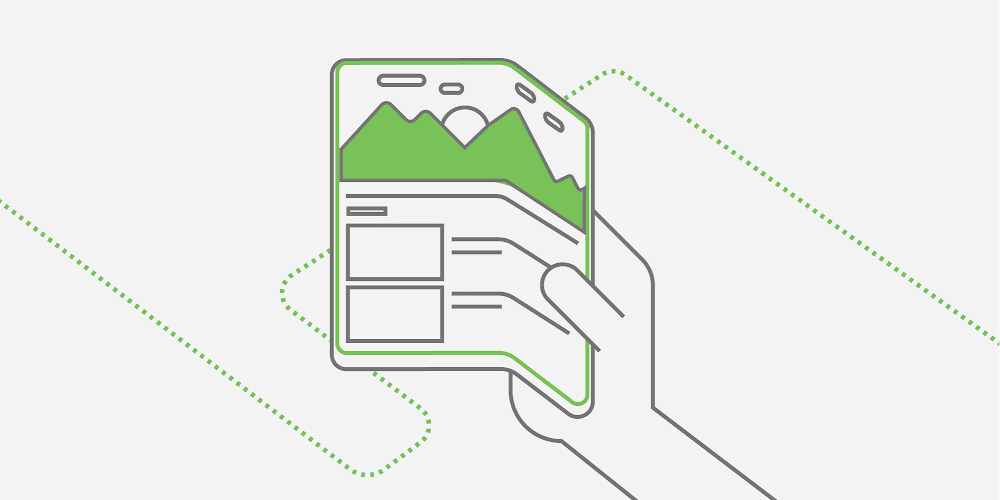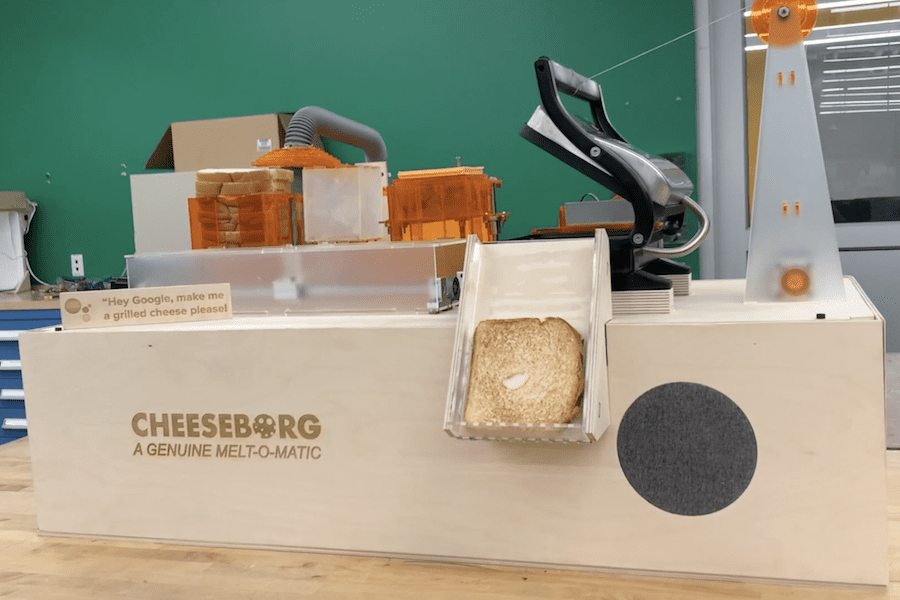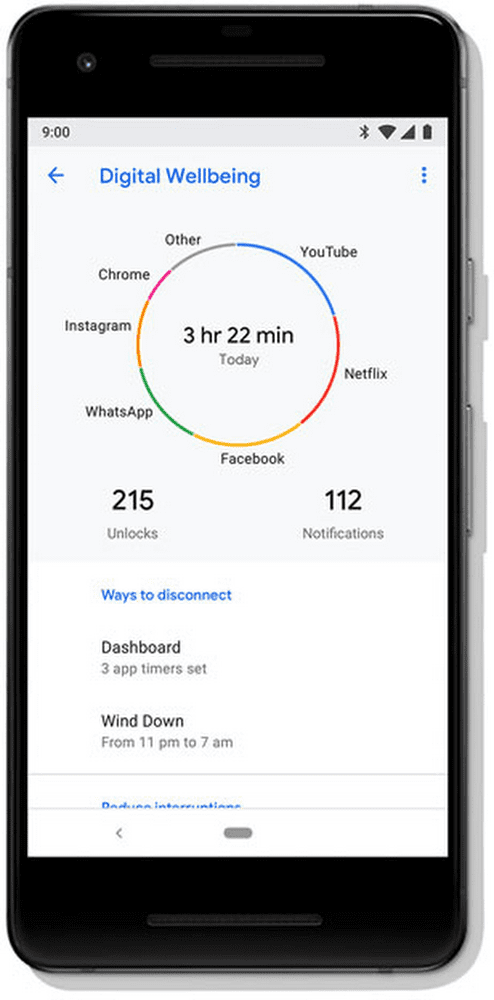Schlagwort: Google Assistant
-

7 formas en las que los productos de Google homenajean a la comunidad asiática7 formas en las que los productos de Google homenajean a la comunidad asiáticaVicepresidente, Comunicaciones Globales y Asuntos Públicos
Reading Time: < 1 minute7. Descubre las tendencias de búsqueda y las nuevas estrellas de la comunidad asiática y del Pacífico Por tercer año consecutivo, Google se asocia con Gold House para su edición anual de la A100 List , la lista más importante que rinde homenaje a las 100 personas asiáticas y del Pacífico…
-

7 ways Google products can help you celebrate the Asian community7 ways Google products can help you celebrate the Asian communityVice President, Global Communications & Public Affairs
Reading Time: < 1 minute7. Learn more about search trends and rising API stars And for the third year in a row, Google is partnering with Gold House on its annual A100 List , which is the definitive honor recognizing the 100 most impactful Asian and Pacific Islanders in culture over the past year. Our…
-

New ways to stay connected and entertained in your carNew ways to stay connected and entertained in your carSenior Product Manager
Reading Time: 3 minutesOur work in cars has always been guided by our goal to help make your driving experience easier and safer. Today, we’re introducing several updates for cars compatible with Android Auto and cars with Google built-in to help you stay connected and entertained while enhancing your experience on the road. A brand-new…
-

CES 2022: Making the most of your drive with GoogleCES 2022: Making the most of your drive with GoogleProduct Director, Android for Cars
Reading Time: 4 minutesEditor’s note: Google planned to attend CES 2022 but pulled out of having an in-person presence due to concerns over COVID-19. Google’s vision of helpfulness on the road is to provide a safe and seamless connected experience. Today, we’re introducing several updates for cars compatible with Android Auto and cars with Google…
-

Upgrade your drive with Google as your copilotUpgrade your drive with Google as your copilotProduct Director, Google AssistantProduct Director, Android for Cars
Reading Time: 4 minutesDo you drive with your phone clipped to your air vent? Or does your car have the latest built-in infotainment system? No matter what kind of car you own, Google is ready to make your drive better. We’re bringing updates to Google Assistant driving mode, Android Auto and cars with Google built-in…
-

16 updates from Google I/O that’ll make your life easier16 updates from Google I/O that’ll make your life easier
Reading Time: 6 minutesPart of our mission is to help make your daily life easier. At I/O this year, we shared news about a wide range of products and services that’ll do just that, from starting your car with your phone to searching your screenshots using Google Lens. Here are just a few of the…
-

Four Google smart home updates that MatterFour Google smart home updates that MatterSenior Director, Google Smart Home
Reading Time: 3 minutesToday, there are nine smart devices in the average smart home — in 2016, there were only three. While this is explosive growth, the industry is still evolving. Selecting the right devices or connecting them with the ones you already have can be frustrating. It’s up to us to simplify the smart…
-

The best of Google, now in new devicesThe best of Google, now in new devicesVP of Product Management
Reading Time: 3 minutesWherever you are and whatever you’re doing, technology should work for you. This week during a virtual CES and Galaxy Unpacked, we were introduced to a lineup of new products that do exactly that, all with the best of Google built in. Whether you’re heading out or staying in, there’s something new…
-

6 ways your Android is getting more helpful this fall6 ways your Android is getting more helpful this fallDirector, Product Management for Google Assistant
Reading Time: 4 minutes It was only a few weeks ago that we released Android 11, the latest version of the operating system. Today, we’re highlighting six of the latest Google features for Android—available even on older versions—that make your life a little easier and more enjoyable this fall. 1. Do even more with Google…
-

‚Hey Google‘ now works with your Android apps’Hey Google‘ now works with your Android appsProduct Manager
Reading Time: 2 minutesGoogle Assistant helps people get things done every day—and for people using Android phones, mobile apps are often the best way to help with tasks. So today, we’re extending the convenience of simple Assistant voice commands to work with your favorite Android apps. Opening and searching within Android apps using “Hey Google”…
-

Say goodbye to hold musicSay goodbye to hold musicProduct ManagerProduct Manager
Reading Time: 3 minutesSometimes, a phone call is the best way to get something done. We call retailers to locate missing packages, utilities to adjust our internet speeds, airlines to change our travel itineraries…the list goes on. But more often than not, we need to wait on hold during these calls—listening closely to hold music…
-

Give your voice assistant a retro Raspberry Pi makeover
Reading Time: 2 minutesDo you feel weird asking the weather or seeking advice from a faceless device? Would you feel better about talking to a classic 1978 2-XL educational robot from Mego Corporation? Matt over at element14 Community, where tons of interesting stuff happens, has got your back. [youtube https://www.youtube.com/watch?v=01OHLAjIXJE?feature=oembed&w=500&h=281] Watch Matt explain how the…
-

Action Blocks: one tap to make technology more accessibleAction Blocks: one tap to make technology more accessible
Reading Time: 2 minutesThink about the last time you did something seemingly simple on your phone, like booking a rideshare. To do this, you had to unlock your phone, find the right app, and type in your pickup location. The process required you to read and write, remember your selections, and focus for several minutes…
-

8 tips for a stress-free summer road trip8 tips for a stress-free summer road trip
Reading Time: 2 minutesGrowing up, I always looked forward to summer and the road trips I’d take with family and friends. It didn’t matter if we were trekking from Chicago to Florida or taking a scenic journey to camp at Boulder Lake in Wisconsin. We’d always make a summer jams soundtrack (on cassette), pack the…
-

At I/O ’19: Building a more helpful Google for everyoneAt I/O ’19: Building a more helpful Google for everyone
Reading Time: 5 minutesToday, we welcomed thousands of people to I/O, our annual developer’s conference. It’s one of my favorite events of the year because it gives us a chance to show how we’re bringing Google’s mission to life through new technological breakthroughs and products. Our mission to make information universally accessible and useful hasn’t…
-

Shaping the future of mobile with AndroidShaping the future of mobile with Android
Reading Time: 5 minutesAndroid’s mission has always been to work closely with a broad and open ecosystem of partners to push the boundaries of hardware and software, bringing new experiences and capabilities to your mobile device. Together with manufacturers, carriers, chipset makers and developers, we want to build mobile experiences that are both productive and…
-

Cheeseborg is a voice-controlled robot that makes grilled cheese sandwiches
Reading Time: 2 minutesDo you like grilled cheese? Would you rather not make it yourself? If so, then the Cheeseborg by Taylor Tabb, Mitchell Riek, and Evan Hill could be the perfect device for you! This assembly line-like robot first stacks bread-cheese-bread using a vacuum gripper, and passes the unheated sandwich onto the grill via…
-

Find more balance in your life this year, with help from GoogleFind more balance in your life this year, with help from Google
Reading Time: 4 minutesWith our phones constantly buzzing and our inboxes filling up, it can sometimes feel like we’re always logged in. It’s easy to forget the importance of making deliberate choices about when we want to use our phones, and to know when we can take a much-needed break from screens. Looking for more…
-

Six ways Google can keep you up to speed in PyeongChangSix ways Google can keep you up to speed in PyeongChangProduct Manager
Reading Time: < 1 minute5. Get your head in the game with the Assistant Your Google Assistant can help you stay up to date throughout the games. Curious about winners? Just say “Hey Google, who won women’s 1000 meter speed skating in the Olympics?” Rooting for a specific country? “Hey Google, how many medals does…


